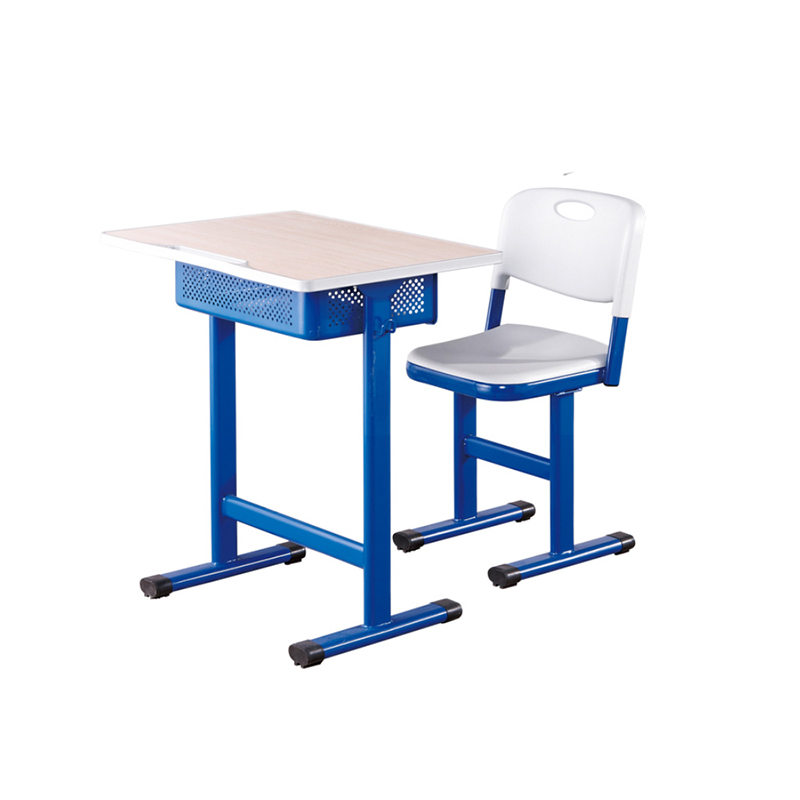in-Depth Analysis Of Differences in Price Sensitivity in Kindergarten Furniture Procurement
1. Market fundamentals comparison: the gap between economic level and procurement logic
Significant differences in per capita education expenditure
North American market: The annual per capita furniture procurement budget for kindergartens in the United States is about 220-350, focusing on safety certification, modular design and brand premium;
Southeast Asian market: The procurement budget in Indonesia, Vietnam and other countries is only 50-120, with extremely high price sensitivity, and priority is given to "basic functions + minimum compliance" products.
Complexity of procurement decision chain
North America: With the participation of school district committees, design consultants, and parent representatives, the decision-making cycle is 6-12 months, and strict requirements are placed on suppliers' ESG reports and localized service capabilities;
Southeast Asia: 70% of orders are directly decided by private kindergarten owners, pursuing "cash on hand", preferring OEM manufacturing models in China or local factories, and decision-making cycles of less than 30 days.

2. Core drivers of price sensitivity
1. Policy and certification costs
North America: Mandatory compliance with CPSC safety standards and CARB Phase 2 formaldehyde emission limits, certification costs account for 15%-20% of the selling price;
Southeast Asia: Only some countries such as Singapore and Malaysia require ISO 9001 basic certification, and most regions have no mandatory standards, and certification costs account for less than 5%.
2. Material and process preferences
North America: Mainly solid wood, food-grade plastics, and anti-collision silicone edging, material costs account for 45%-55%;
Southeast Asia: Mainly medium-density fiberboard, recycled plastics, and ordinary steel, material costs are compressed to 30%-40%, and simplified processes with visible seams are accepted.
3. Logistics and tariff barriers
North America: China's import tariffs on furniture are about 6%-25%, localized production demand is rising, and the Mexican assembly plant model is emerging;
Southeast Asia: Zero tariffs on intra-ASEAN trade, and tariffs on desk products under the China-ASEAN Free Trade Agreement are only 0-5%, and the proportion of ocean shipping costs is less than 8%.
3. Differences in procurement strategies: cost priority vs. risk avoidance
| Dimensions | Southeast Asian Market | North American Market |
| Core Demands | Unit Price ≤ $80, Fast Delivery | Full Life Cycle Cost Optimization, Warranty ≥ 5 Years |
| Design Priority | Asic Functions (storage, Stacking) | Rgonomics, Barrier-Free Design |
| Supplier Selection | Local Factory Or Chinese | OEM Brand + Local Warehousing Service Provider |
| Payment Terms | 100% Prepaid Or LC At Sight | 30% Deposit + 70% Acceptance Payment |
4. Ways to break through: How to conquer two major markets at the same time?
1. Southeast Asia: extreme cost control + flexible supply chain
Modular design: provide "table + chair + cabinet" basic set to reduce SKU complexity;
Regional distribution center: set up bonded warehouses in Ho Chi Minh, Vietnam and Jakarta, Indonesia to achieve 72-hour delivery;
Compliance downgrade options: develop "CE basic version" and "EN standard version" dual-line products to meet stratified needs.
2. North America: value marketing + localized certification
Bundled service: package furniture with installation training and 5-year warranty to reduce TCO;
Material narrative: highlight differentiated selling points such as bio-based plastics and zero-VOC coatings to support premium space;
Local certification: pass UL Greenguard, SCS Indoor Advantage and other certifications to enter the public kindergarten procurement list
5. AOYASI's dual-track strategy: 38 years of global adaptability
In response to the cross-market challenge of preschool furniture price comparison, AOYASI launched:
Southeast Asia exclusive solution:
Adopting "steel-wood hybrid structure", the cost is 40% lower than that of solid wood;
Join hands with local KOL to carry out "trade-in" activities to solve the problem of cash flow sensitivity.
North American high-end line:
Built-in IoT sensors, in line with the digital trend of STEM education;
Cooperate with the New York Children's Health Association to develop "antibacterial nano-coating", and the premium ability is increased by 25%.


